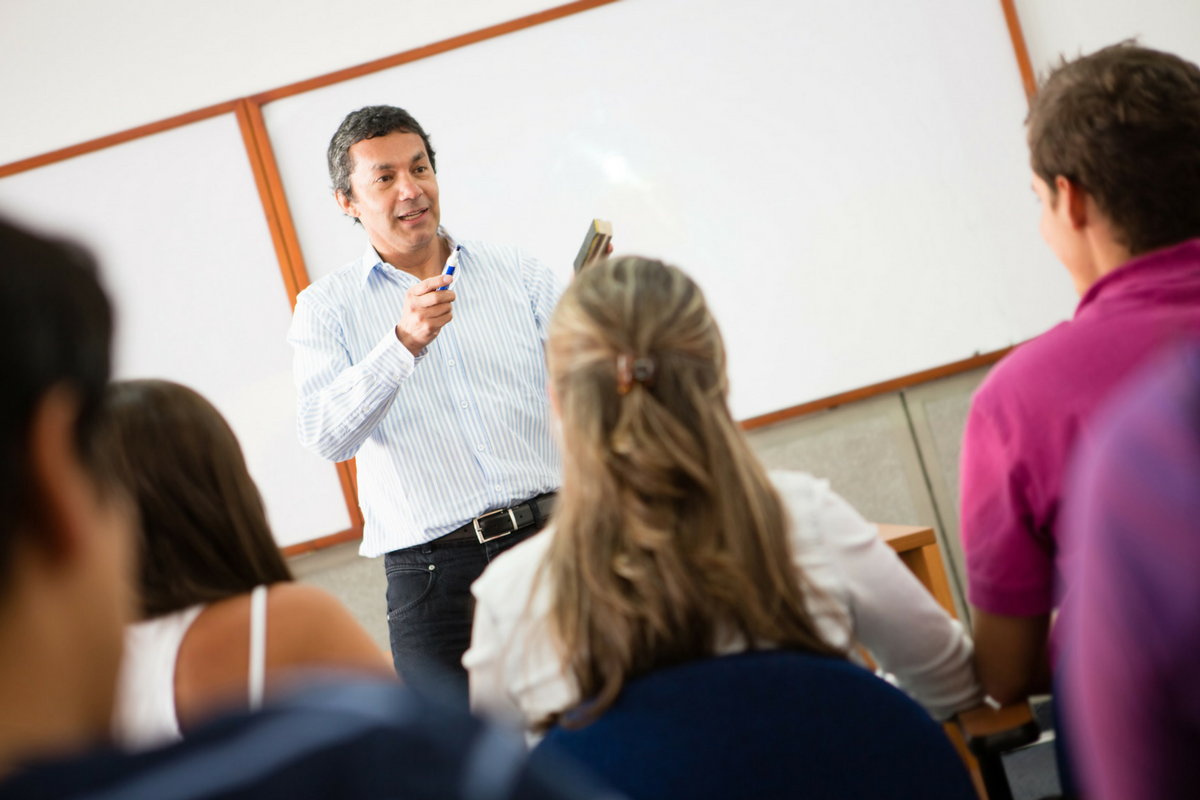The Pros and Cons of Demonstrations in the Physics Classroom

SEEING ISN'T ALWAYS BELIEVING
Every instructor’s teaching toolbox is a little different, but many physics teachers agree that classroom demonstrations are useful educational devices.
“When I do physics, I like to show how nature works, and to me there is nothing more convincing than seeing it” said physicist Eric Mazur of Harvard University in a Learning About Teaching Physics podcast called “Seeing isn’t believing: Do classroom demonstrations help students learn?”.
In the podcast, Mazur discusses studies by Pamela Kraus from the University of Washington that indicate while in-class demonstrations engage students, they may not be effective because students do not always learn what is intended. This piqued Mazur’s curiosity and led him to further investigate the matter with his own students.
He showed his students a torque demonstration using two scales and a plank in which half of the students misremembered the outcome. “Initially, I was just so shell-shocked, but it makes sense,” Mazur said. “We store information not by facts but by mental models.”
Stephanie Chasteen, the podcast host, explains that “seeing isn’t really believing”. If our beliefs about how the world works aren’t changed – what Mazur refers to as mental models – “then the facts get adjusted to the model rather than the other way around.”
Mazur experimented further by showing the same classroom demonstration in four different ways to four different groups of students, with some simply seeing the demonstration, some predicting the outcome, and others engaging in discussion. The study, which was published by the American Journal of Physics in 2004, shows that “students who passively observe demonstrations understand the underlying concepts no better than students who do not see the demonstration at all”.
Mazur’s biggest piece of advice after his demonstration experiments: student engagement matters. “At an absolute minimum, I would recommend any instructor who does a demo to precede the demo by having students predict the outcome,” Mazur said. “Give them time to think, and have them commit to a prediction.”
The takeaway from this research is that demonstrations can be effective pedagogical tools within an active-learning context. The 20 minute podcast provides additional insights into Mazur’s research. For ideas on how to implement demonstrations into your classroom, check out our recent blog post “A Guide to In-Class Physics Demonstrations”.
Formed from the belief that a homework system should help instructors teach and students learn, Expert TA harnesses the power of technology to encourage practice during homework, while also giving meaningful feedback to both instructors and students. The Expert TA blog was created to serve as a hub of information to help educators track and discuss trends in education, software and student performance.


